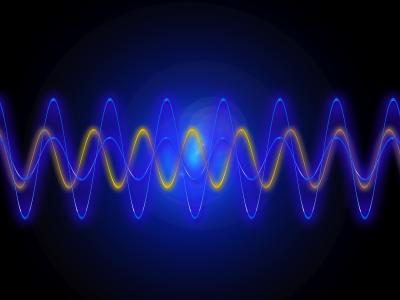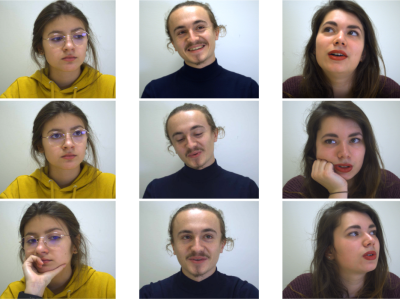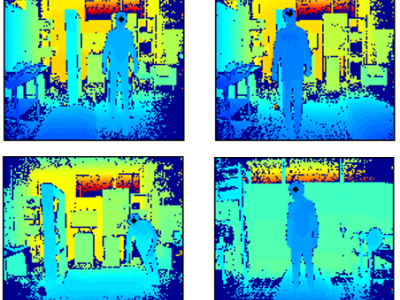2D radar implementation

- Citation Author(s):
- Submitted by:
- Salman Liaquat
- Last updated:
- DOI:
- 10.21227/dbkp-7551
- Data Format:
- Research Article Link:
 256 views
256 views
- Categories:
- Keywords:
Abstract
This code accompanies the paper titled "An End-to-End Modular Framework for Radar Signal Processing: A Simulation-Based Tutorial," published in IEEE Aerospace and Electronics Systems Magazine (DOI:10.1109/MAES.2023.3334689). The simulation of a complete radar has been performed, and the results have been shown after each stage/module of a radar, enabling the reader to appreciate the impact of the specific process on the radar signal. The transmitter, antenna, and receiver subsystems have been simulated in MATLAB with a detailed discussion on waveform generation and transmission, receiver side operations such as matched filtering, Doppler processing, moving target indication filtering, and constant false alarm rate detection. Each step of the receiver chain’s signal processing has been discussed, along with its influence on the signal. The implementation is carried out by simulating a generic 2D pulse-Doppler radar. A comprehensive analysis of the waveform generation and its effect on the target detection performance, varying radar cross-section effect on the reflected wave, and path loss during propagation have been demonstrated. It generates the figures in the paper and provides a structured approach for simulating radar signal processing scenarios. The modular framework enables users to explore and implement various radar processing techniques, making it an effective tool for educational and research purposes. The code supports the reproducibility of the results presented in the paper and offers a hands-on experience for those interested in radar systems.
Instructions:
Run the Matlab code to generate the code.
Change parameters to see how it works.









Interested in the dataset, but cannot download when I press "access the dataset"
Interested in the dataset, but cannot download when I press "access the dataset"
Interested in the dataset, but cannot download when I press "access the dataset"